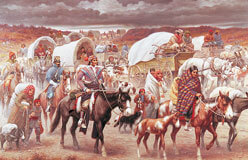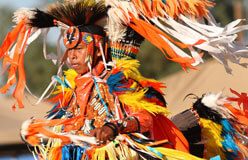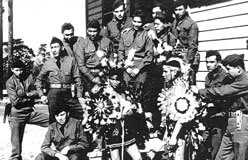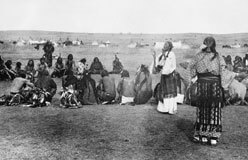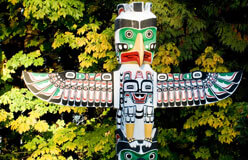Suppose—just suppose—that beings from outer space have landed in your community.
At first there are only a few of them, and they behave rather decently as they seek your help so they can survive in this strange new environment. Soon, however, more and more of them arrive. They begin to act as if they have every right to do whatever they please. They tell you that their way of living is better than yours and that you’d better learn to like it because they are taking over your land. How would you feel?
This, of course, is very much like what happened to Native Americans when Europeans arrived on their continent. The first small bands of European explorers and settlers relied on their Native hosts for survival. As time went on, however, more and more Europeans arrived, greedy for land and resources. Their diseases and their weapons soon wiped out large numbers of the Native population. Eventually, the newcomers outnumbered the Natives and placed them under their control.
For about the first 200 years of United States history, the government kept changing its policy toward Native Americans. At first, it signed friendly treaties. Then it forced Native Americans to leave their lands and live on reservations. Then it broke those reservations into individual portions. All these policies were designed to take land away from Native Americans. In the last 50 years, however, the government has begun to admit the unfairness of these policies and work with Native Americans to try to right the wrongs of the past. Here’s a brief look at Native/newcomer relations.
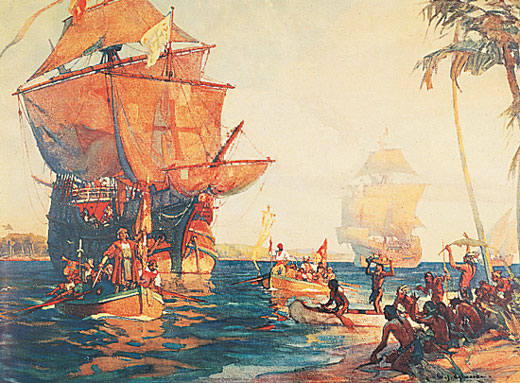
1492–1600
◀ The Spanish, English, French, and Dutch arrive and have mostly friendly relations with the Natives.
1565–1626
The Europeans begin to establish their first permanent colonies in North America. ▶
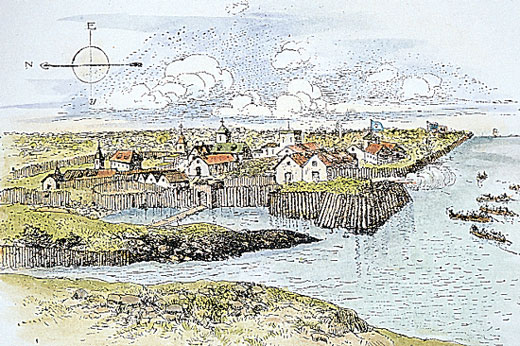
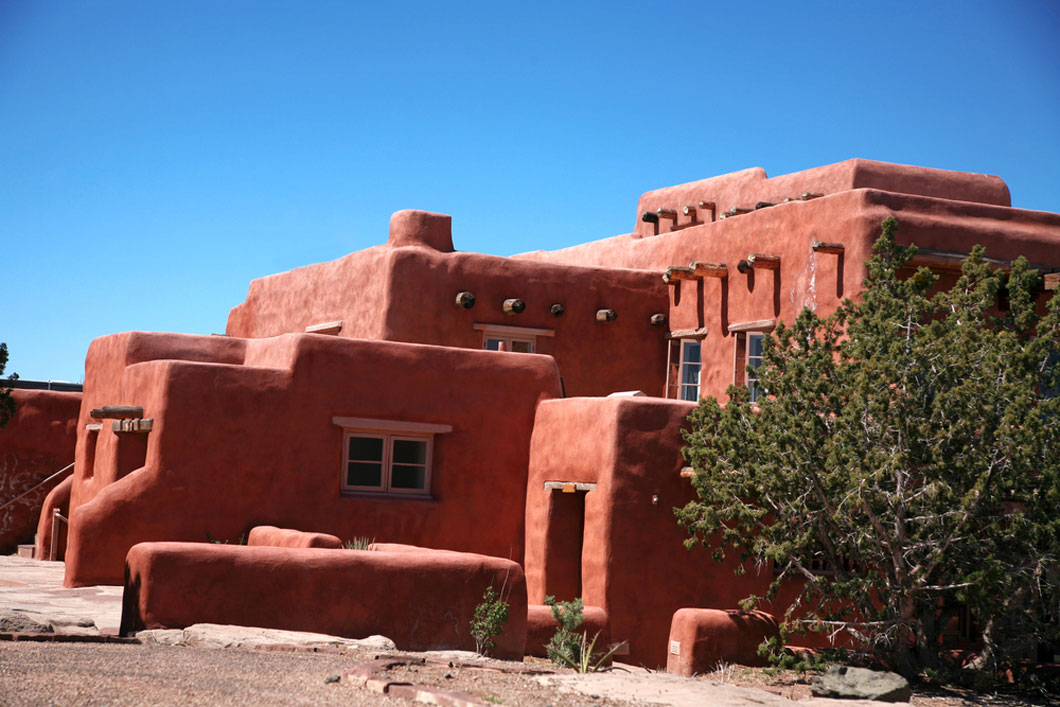
1680
▲ In the Southwest, the Pueblo people begin to revolt against Spanish oppression.
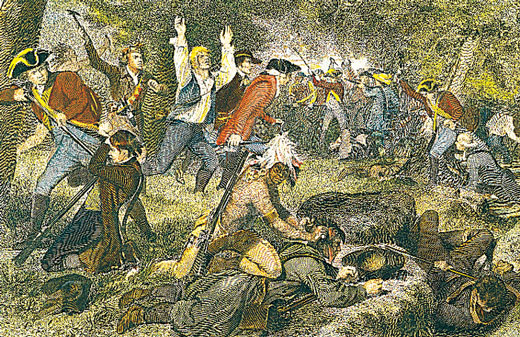
1775
◀ Most Native Americans on the Atlantic coast side with the British against the American colonists. The British say they are defenders of the Native Americans’ lands.
1787
The U.S. Congress passes the Northwest Ordinance, stating that lands and property shall never be taken from Native Americans without their consent. ▶
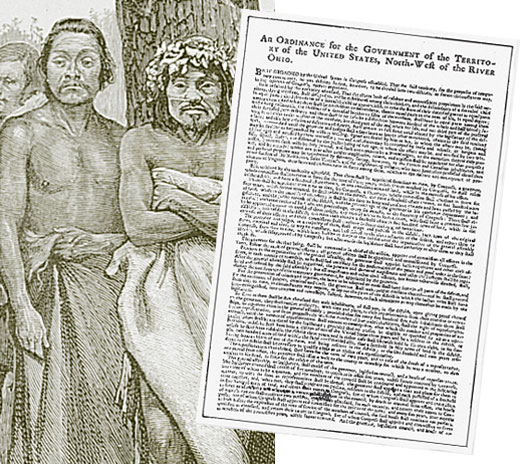
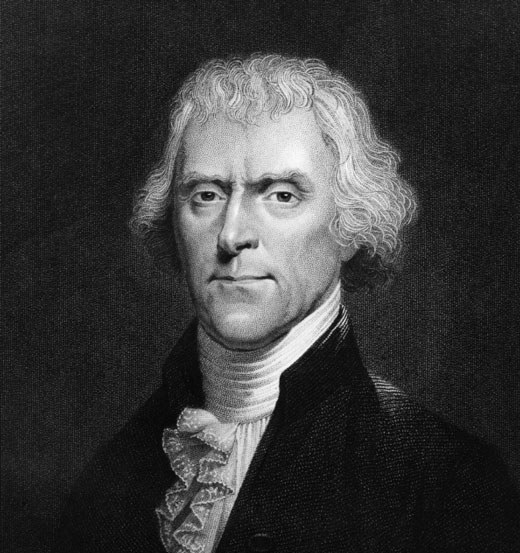
1803
◀ President Thomas Jefferson presents the idea of relocating eastern Native Americans. He wants to move them west of the Mississippi River for the purpose of “civilizing” them.
1808
Tecumseh travels widely trying to unite Native Americans. He wants them to resist the U.S. government’s efforts to make treaties that would take their lands. ▶

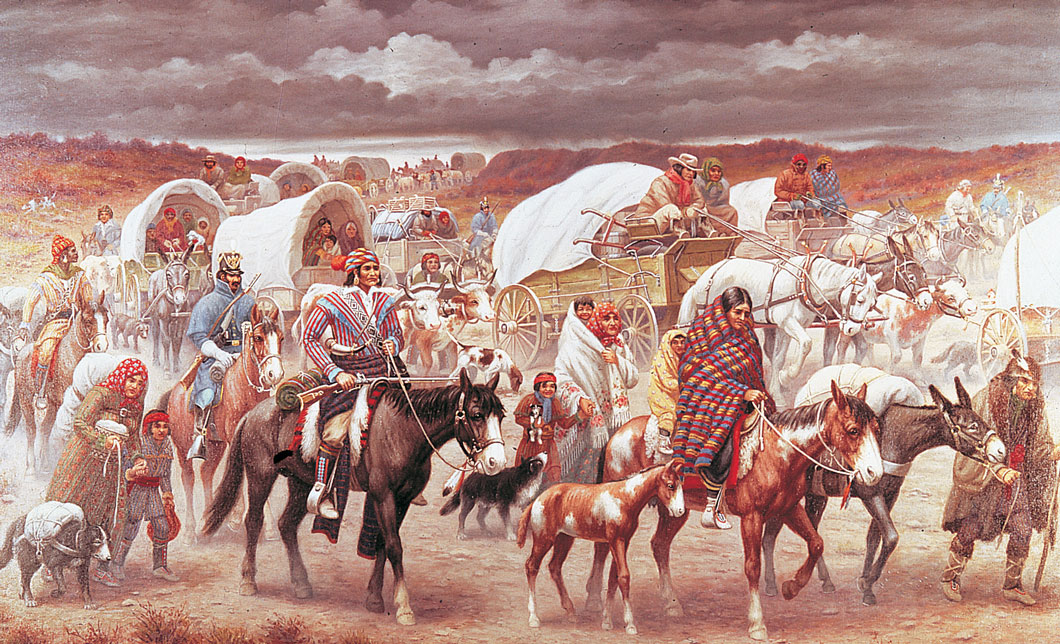
1838
▲ With forced removal the official policy, 16,000 Cherokee are made to travel the “Trail of Tears” from their eastern homeland to Indian Territory (Oklahoma). At least 2,000 die along the way.
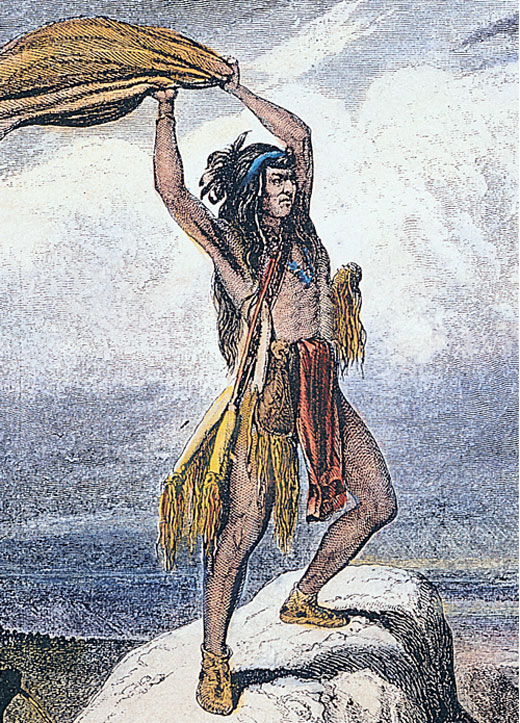
1877
◀ After years of resistance, the Plains Indians are confined to reservations. Forcing Native Americans to adopt non-Native ways (assimilation) becomes the dominant policy. Many Native children are sent to boarding schools, where they’re not allowed to speak their own language or practice their religion.
1887
Ignoring the Native American tradition of sharing land, the Dawes Act divides reservations into individual portions. The remaining land is sold. This takes more than 90 million acres of original reservation land away from the Native Americans. That’s about the size of the state of Montana. ▶
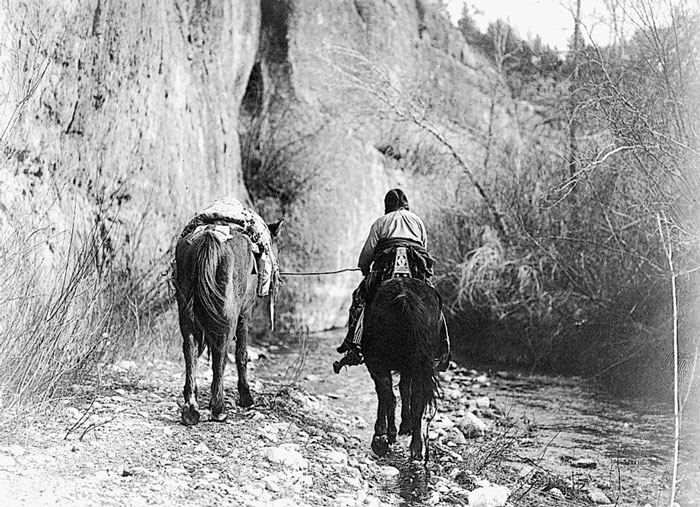
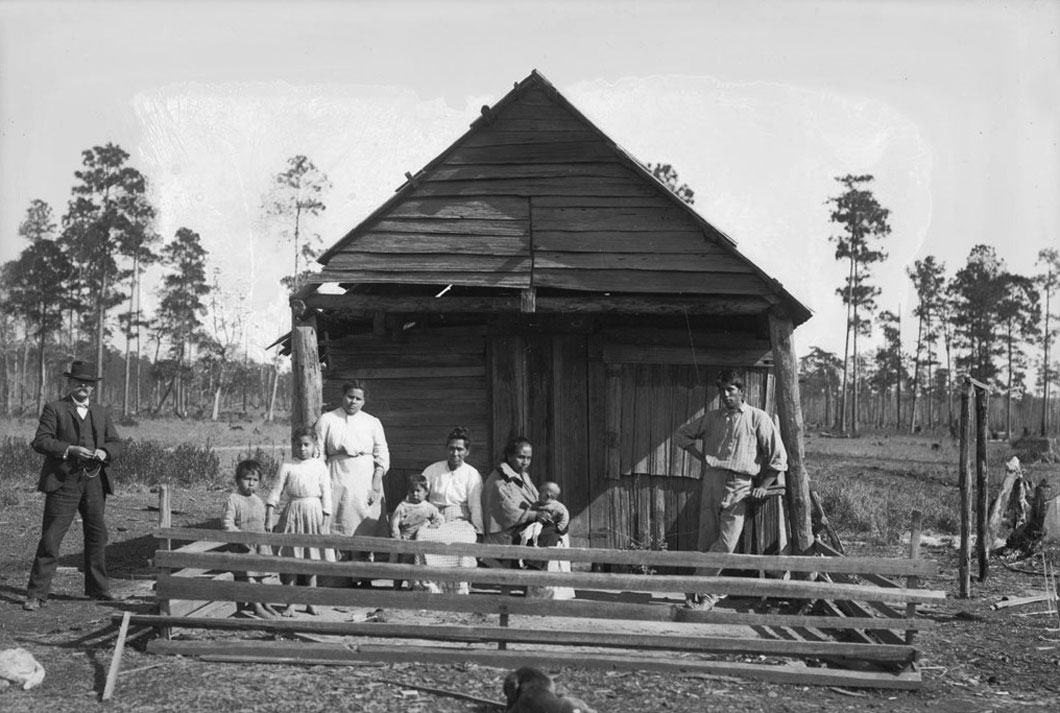
1934
▲ The Indian Reorganization Act ends the policies of the Dawes Act. This new act tries to promote Native American self-determination, but it is unsuccessful.
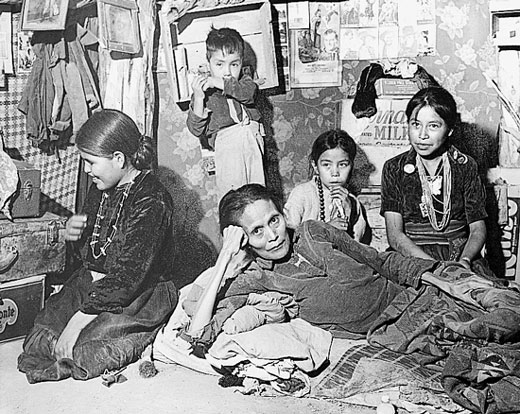
1953
◀ Without Native American consent, the U.S. government cuts services to tribes that it thinks can get along without the benefit of federal services. As a result, many Native Americans suffer from extreme poverty. It also causes them to have high infant death rates.
1950s
The U.S. government begins a large program to relocate Native Americans to urban areas. The idea is to make them drop their Native ways and fit into modern U.S. culture. ▶
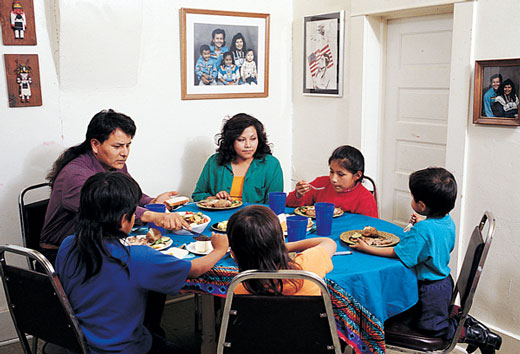
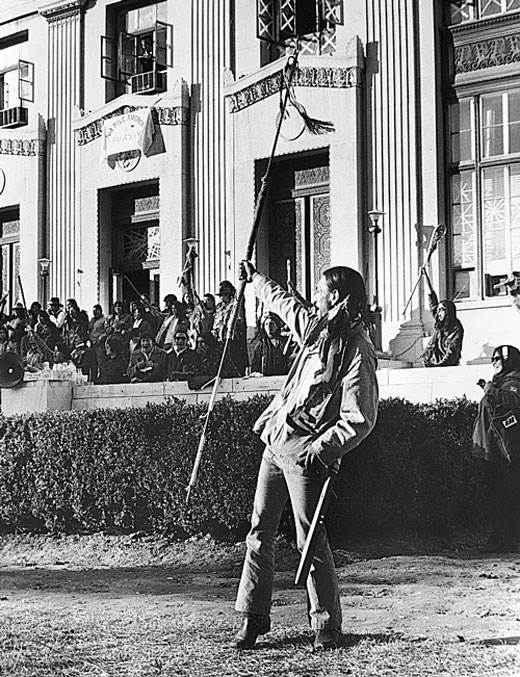
1960s
◀ Many Native Americans unite to take control of their own future. The U.S. adopts a new policy that Natives will have more power to make decisions about themselves.
1980s and 1990s
There is a rebirth of Native American pride. There’s also a new understanding of what Native Americans can teach the rest of the population about community and living in harmony with nature. ▶
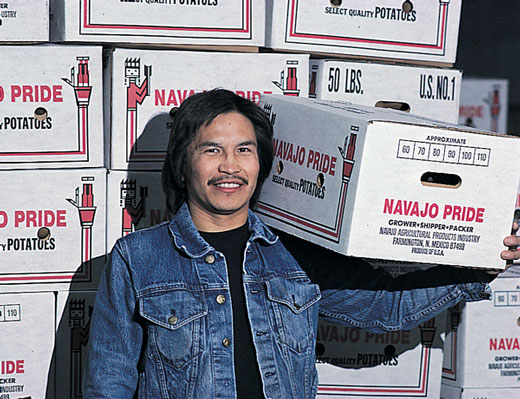
2000s and 2010s
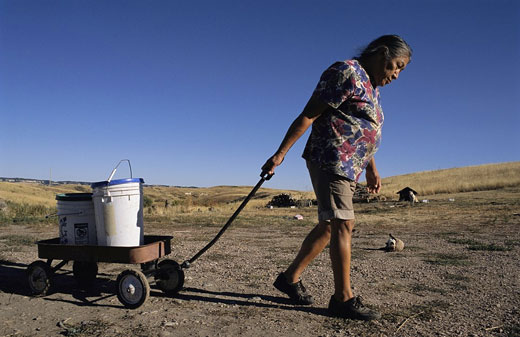
▲ Income from casinos and other gaming operations improves the lives of some Native Americans a lot. However, according to the 2010 census, nearly 30 percent of Native Americans live in poverty. That’s nearly twice as high as the percentage for the U.S. as a whole.
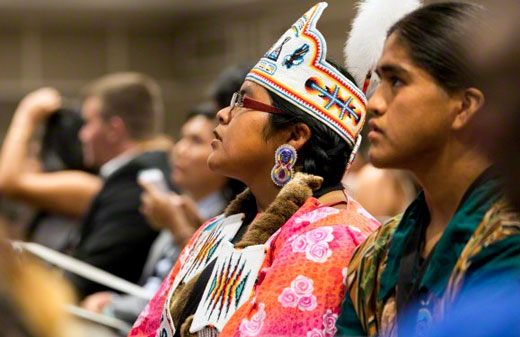
▲ In July 2015, almost 1,000 young Native Americans traveled to the White House. They attended the first ever Tribal Youth Gathering. They met with Michelle Obama, Cabinet officials, and members of the White House Council on Native American Affairs. They discussed ways to remove the barriers that make it difficult for Native youth to succeed.

